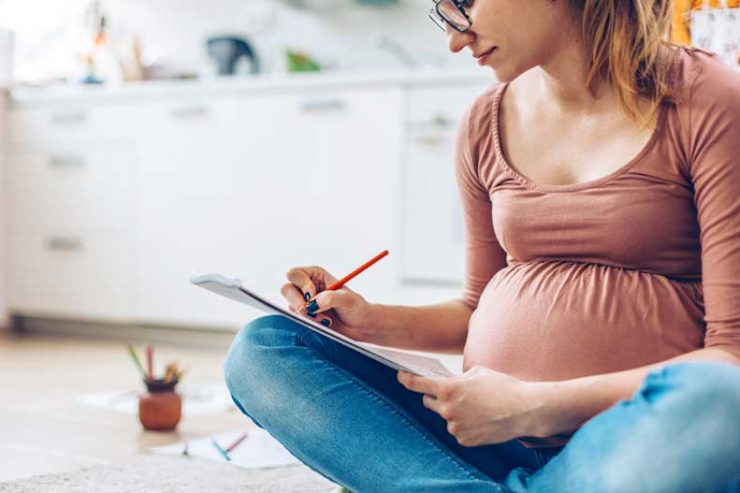Many women first develop varicose veins during pregnancy. And while it may seem like the condition appears overnight, it’s really the result of the many changes that your body experiences between conception and your baby’s arrival.
Luckily, there a few things you can do to prevent varicose veins during pregnancy.
What Are Varicose Veins?
Varicose veins occur when the valves in your veins become weak or damaged and your veins become enlarged or overfilled with blood. These veins appear swollen and typically have a blue, purple, or red color. Unlike spider veins, they appear raised from the skin. Worst of all, varicose veins can sometimes be painful.
- Veins are the blood vessels that return blood to the heart — they have one-way valves that, when they work properly, prevent blood from flowing backwards.
- When a valve fails, blood begins to collect, rather than continuing to move through the body. This can sometimes result in varicose veins.
Varicose veins are more likely to occur in the veins of your lower body, because they have to fight the most against gravity.
Why Do Pregnant Women Get Varicose Veins?
Weight gain and hormonal changes contribute to varicose veins during pregnancy.
Now that you’re expecting, you have a higher volume of blood to support both you and your growing baby. You also have more progesterone, which causes veins to relax, rather than maintain the tone they typically need.
In addition, the weight of your uterus and baby can press on your lower vena cava — or the large vein that carries blood to your heart. This makes blood flow more difficult.
How Can I Prevent Varicose Veins During Pregnancy?
Women with a family history of varicose veins are more likely to develop the condition than those without. Here are a few helpful hints that can help you reduce the number and severity of varicose veins during pregnancy.
Keep your feet up as much as possible
During the day, try to put your feet up on a stool or footrest when you can. This relieves pooling of blood in the legs, and makes blood flow up the leg easier.
Use compression stockings
Reach for your compression stockings as soon as you wake up in the morning. These help make up for the loss of tone in your veins, and they’re particularly helpful if you spend much of your day on your feet.
Lay on your left side when you’re sleeping
This takes pressure off the inferior vena cava, improving blood flow back to the heart.
Move around frequently
When you’re sitting, avoid remaining in one position for too long, and don’t cross your legs. Moving around and changing how you sit and stand can keep blood moving. Exercise can also reduce the likelihood that you’ll get varicose veins — not to mention improve your overall health.
For more, visit the UPMC Heart and Vascular Institute website.
